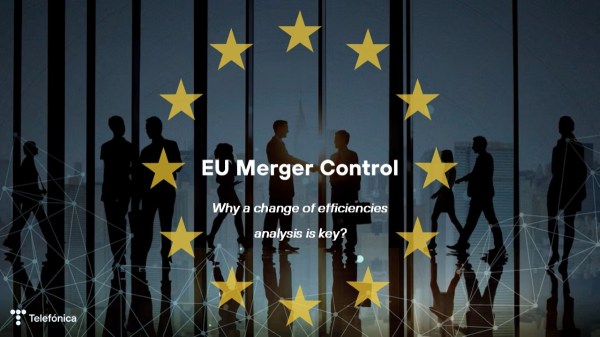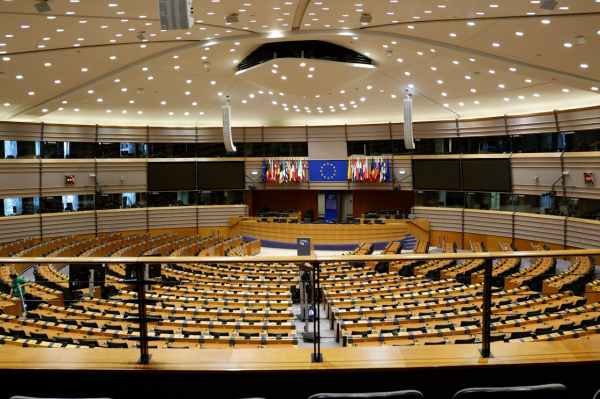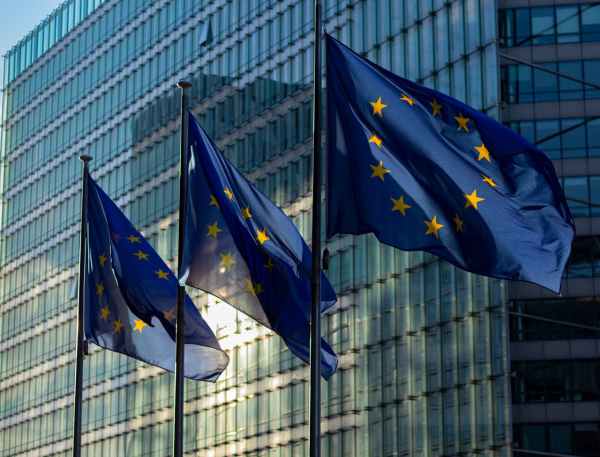This is the last post of the trilogy on how our sector could actively contribute to the new SDGs recently approved. You can access the previous ones here and here, but let´s review the last goals to see the potential role of ICTs to achieve them in the next future.
Goal 11: Sustainable cities & Communities
As the world population is continuously growing and most of the people are moving to cities, we need to find ways to make cities more sustainable, safer and more inclusive. ICTs are working towards this outcome through innovative services and products, more eco-friendly and digitalizing public services. This is the concept of Smart cities, but also on the development of specific services that could help in managing public services, offering to urban people better solutions such as smart mobility, online citizen services. To be more effective in obtaining results, we must work on a multistakeholder perspective in this area, private and public stakeholders together, taking also into account citizen’s needs. This goal is linked also with goals 3 (health 6 well-being), goal 6 (WASH services), goal 7 and 13 (energy and climate actions) and goal 12 (responsible consumption and production), as all of them have clear effects in the area of cities and the way they are managed.
Goal 12: Sustainable consumption & Production
Ensuring a sustainable consumption and production seems logical when the resources of the Planet are not infinite. Smart technologies could enable a better and efficient use of our production and therefore of our consumption, through the implementation of digital management tools and monitoring services, such as smart metering or smart buildings solutions, allowing a better management, reduction of costs and more sustainable services all along the economic value chain from the production to the delivery of any service offered to people and with a long term perspective.
Goal 13: Climate Change
Having the COP21 event in the 2015 agenda for December, this goal is of a high relevance in the global public policy agenda and most of the international fora such as the ITU or the OECD for example, are working on this issue. Smart ICT and green ICT are part of the solution to improve and reduce the climate change. Digitization could help in gathering the relevant data, predict potential changes, through big data applications and monitor most of meteorological services and data. ICTs are also essential to prevent and recover from climate disaster and the ITU is fully involved with operators also on this issue.
Goal 14: Oceans
Using in a sustainable way the oceans and marine resources should be the objective of every single Human, refraining from pollution and foster the conservation of the sea life, which one of our World treasures. ICTs are contributing to better protect and provide useful information on the situation of the sea and oceans situation, through the constant monitoring and data gathering and through Big data applications to better analyze what happens in the oceans ecosystem. The UNESCO is very active in this area, through the IOC (Intergovernmental Oceanographic Commission) coordinating ocean observation and monitoring through the Global Ocean Observing System, developing a unified network providing information and data exchange on the physical, chemical, and biological aspects of the ocean. Governments, industry, scientists, and the public use this information to act on marine issues.
Goal 15: Land
Protect the Land where we live should also be a global but personal goal for everybody, as we are just borrowing it from the next people generations. ICTs has also a key role in this area, very linked to goals 6, 7, 13 (climate and energy actions) and 14 (protect the seas and oceans). The sustainable use of the terrestrial ecosystem and how to prevent losses of biodiversity is helped by ICTs and the new services provided by Big data, to better monitor, analyze and prevent losses and ecological disasters.
Goal 16: Peace & Justice
The promotion of more inclusive societies, based on peace and justice, but also on strong institutions could be supported positively by ICTs, through smart services, better communications services,better access to information, education and increased levels of transparency for a better governance.
Goal 17: Implementation
The last goal is based on a multistakeholder approach and how to establish smart cooperation amongst all the agents, from public to private companies, but also citizens. Due ot the transversal effect of digitization, ICTs have also room in this area to increase effectiveness and sharing information more efficiently, monitoring the compliance of all the goals and even analyzing the potential positive effects of their implementation.
Reviewing all the goals and having a global perspective, it is clear that ICTs are an unavoidable asset to reach the new SDGs, covering the economic and social needs for a better future on Earth. This is due to its transversal effects of ICTs and the new reality: we are entering into a real digital society, as digitization is present in every aspect of our lives and ways of production, going from the access to communication and information, to the data monitoring, analysis and allowing the delivery of better and more useful and efficient data for better public policies.
As a conclusion, just to mention the interesting report recently done by Ericsson and the Earth Institute at Columbia University showing how ICT could accelerate the achievement of the SDGs and the continuous work ongoing from the ITU in this area, with a specific hashtag,#ICT4SDGs to carefully follow all the initiatives in this area. But there are not the only ones, and all the ICT community is fully and already working to reach these goals, as we see potential and positive effect driven by new technologies and ways of communications.
Let´s all work to make these goals a reality!








